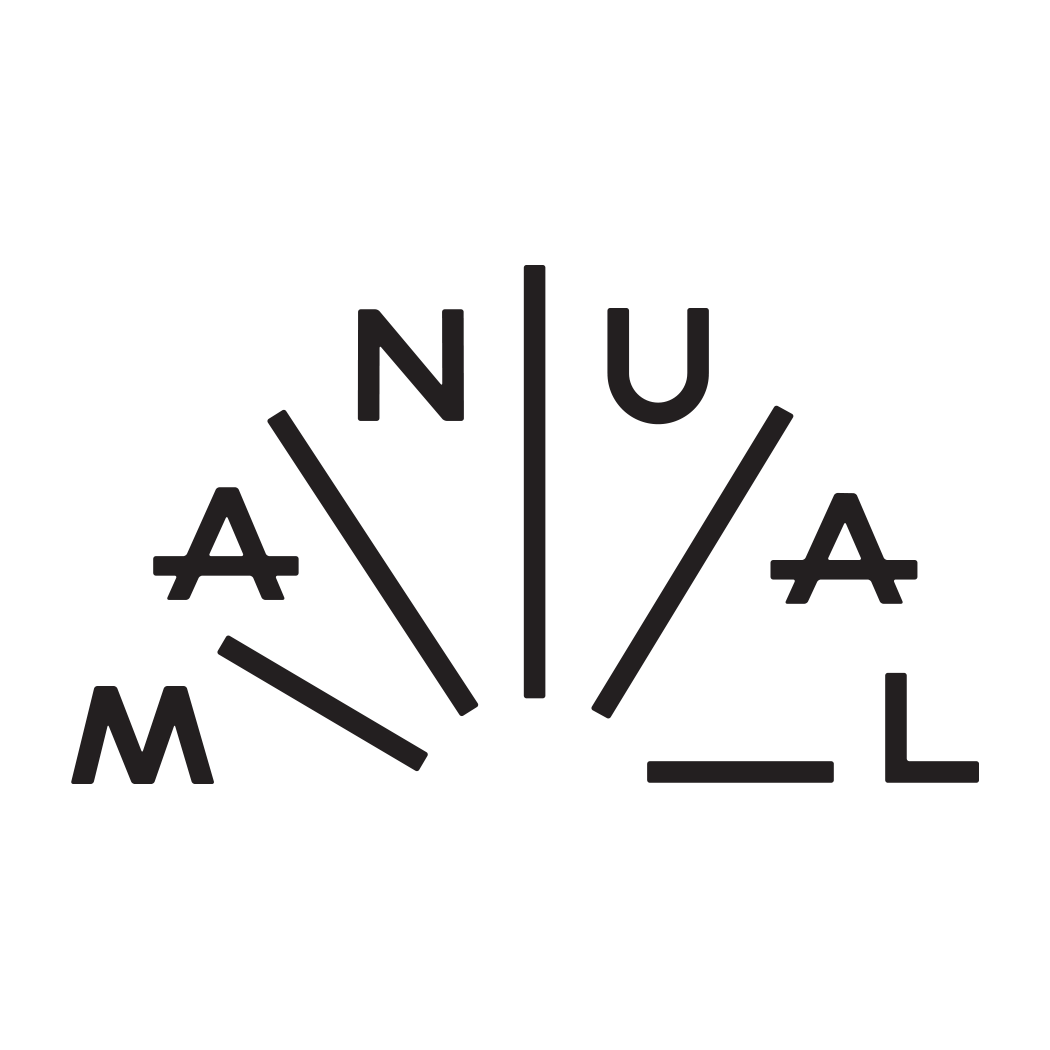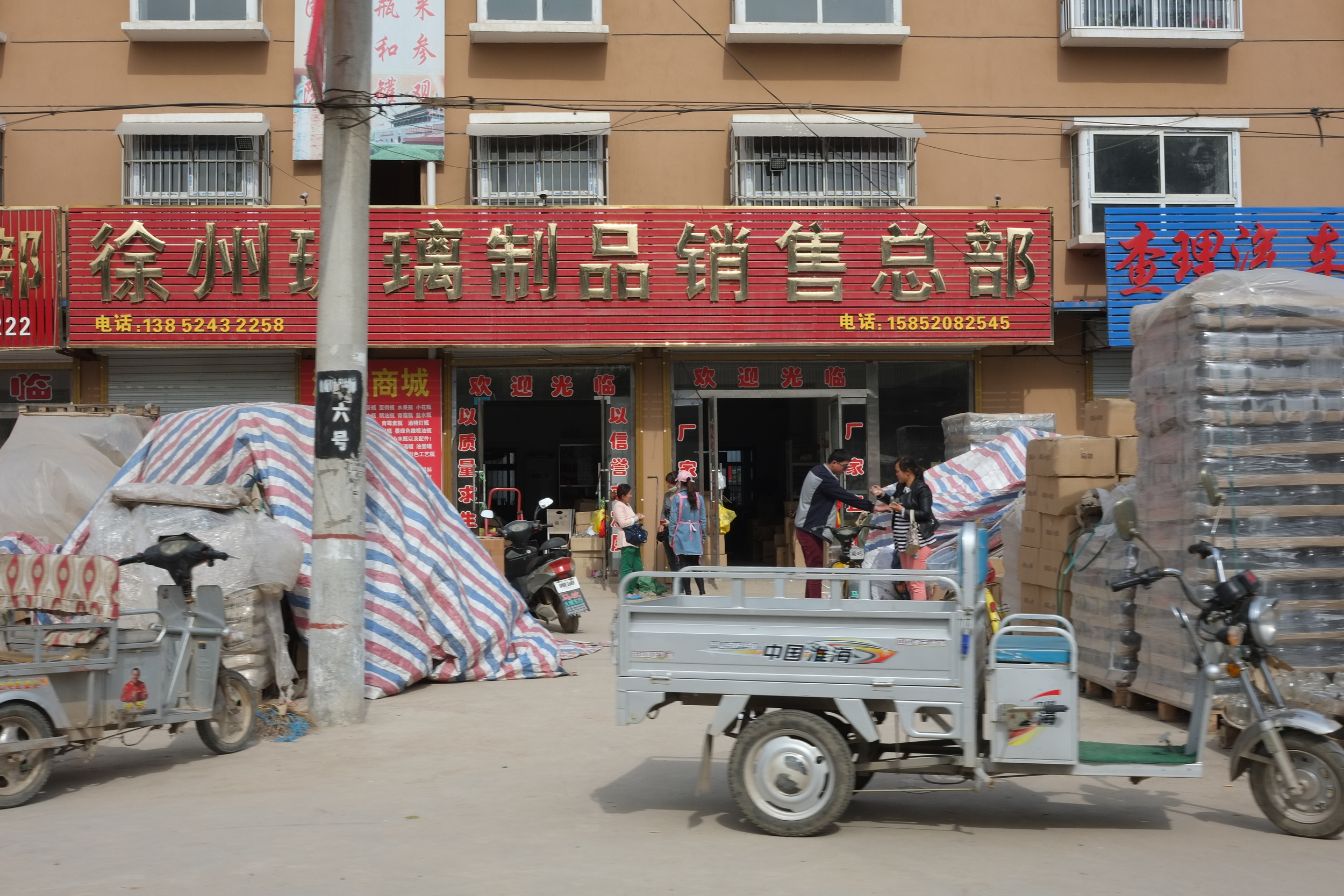MADE IN CHINA
Manual Coffeemaker Nº1 is made from borosilicate glass; a somewhat rare form of lab-grade glass that only a handful of manufacturers in the world work with—at least in the high quality and relatively low volumes needed for this project. After a few unsuccessful manufacturing relationships, I ended up joining up with a manufacturing agent who had deep experience in Chinese manufacturing and was able to connect me to a supply chain that could help me bring this product from design prototype to mass production.
"Made in China" is a complicated statement in many people's minds (my own as well), so I was not content to manage this project blindly from across the globe. I intentionally built a travel budget for a China trip into my Kickstarter to both meet my agent's Shanghai associate, as well as see the factories in which MCM was to be manufactured. Originally I viewed the trip as a way to to accurately communicate design intent, understand the manufacturing processes, and experience the conditions of the factories. But afterward I realized the real reason I went to China was to build relationships with the people I was working with and understand the way culture influences their work. What I experienced confirmed many stereotypes of Chinese manufacturing, but also exposed me to many unexpected perspectives on the human side of global manufacturing. When I returned, I wanted to bring my experience to life for my Kickstarter backers and share the complexity of what it means to be "Made in China."
What follows is a slightly updated version of my update for MCM Kickstarter backers, published shortly after I returned in May 2014.
So after a 15 hour flight, insane Shanghai traffic, a 300mph bullet train, a rural-river motorboat ride, hundreds of miles logged in the backseat of a sedan, a taxi ride on backcountry dirt roads with a flat tire and no seat belts, a pleasant 1-stop subway ride, and another 15 hour flight back—I'm back from China.
I'll soon be publishing a long-read essay on my thoughts & experiences from this manufacturing trip—from analyzing cultural expectations to philosophical musings on the state of global manufacturing—but I'll try to keep this update focused on the product.
MCM sample overlooking a Shanghai night from my hotel room
For those that just want the quick update, here's the basics:
The latest pre-production sample is complete. For a first sample, I'm pretty happy with the results, however there is much room for improvement. It brews a good cup of coffee, but there are a few design tweaks that will make it better. As for the components, the bamboo base is looking really great. The carafe is also very nice, requiring only a few aesthetic tweaks, and final adjustments to the graphics for accurate mL measurement. The brewer is the least refined, but understandably so, as it's the most complex piece—requiring multiple steps of hand work. I'm confident the next sample will be a huge step forward.
For those that want more of a story:
My first full day in Shanghai we went to my agent's condo and we tested the first pre-production sample. His son photobombed. I guess some things are universal.
My first impressions: the bamboo base and carafe were really close, but the brewer had some distance to go. It's typical that the first samples from a manufacturer are not 100%, so we prepared the list of changes for our trip to the glass factory the next day.
Bottom of the base
The next day we took a bullet train 3 hours Northward to the rural manufacturing town that has the glass factory, the die factory (the molds for the hand blown glass) and the silkscreening factory.
The first visit was the silkscreening factory, where all of the factory owners we were visiting that day were waiting for us. The samples of the carafe with graphics looked really great—the quality was spot on—and honestly, it's always exciting to see your logo on a product. The first thing they did was hand me a razor blade and instructed me to try scraping off the graphics—that's some serious confidence. Because these silkscreened graphics are actually sent through an oven to cure, they are essentially permanent, and should last through many trips through the dishwasher.
Then the factory owners took us to lunch. Meals with Chinese manufacturers are somewhat infamous—the food and drinks just keep on coming. But it's more than a party, it's building a relationship, establishing trust, and putting a face with a product (instead of an emailed list of changes from thousands of miles away). It's extremely valuable. To cut a long and absurd story short, we boarded a motorboat, cut along a backcountry river for a few miles to a barge that had a restaurant on it. My agent suggested I bring the prototype and give them a demo first thing. It was a great idea—everyone was mesmerized, the process transcended language barriers and they all *got* it. There was silence in the room as the coffee slowly dripped.
Then the food started pouring in. A case of PBR (yes, that PBR) was dropped in the room, and dozens of "gambes" (cheers) later we were all having a quite the business lunch. At least they seemed to like us.
Head to foot eating
After shaking off the lunch, the second visit was to the die factory. This is the place where they cut the steel dies that the glass factory uses to blow glass into for the cone and the outside of the brewer. Obviously this is less crucial to the overall product, but remember: relationships are everything in China. Plus the head of the die factory was so totally excited by the manual coffee process, he asked me to bring him a hand grinder the next time I'm back. We have a believer.
Next we went to the glass factory. Since this was the most important visit of the trip, we spent the most time here reviewing the latest samples with the factory owner and the head of production. We spent almost 4 hours in a smoky room as we reviewed all of the changes, all the while measuring dimensions with calipers, sketching explanations to overcome language barriers, and discussing the challenges to production.
The glass parts for MCM are all hand blown into molds, and then the parts are joined together by hand with a torch, and finally the opening is cut by hand. This is a lot of hand work, and any small mistake can mean a scrap part. So while I'm pushing for the best quality I can get, the factory will always be looking at it from the angle of "scrap rate"—my demands for quality increase the waste parts, which increases cost through production time and materials. We were able to prioritize the changes, and communicate the acceptable tolerances—from the functional angle of the cone to the aesthetic finish on the cut. I'm optimistic that the next round of samples will be a true step up in every way.
Because of the long meeting, we missed our train back, and had to take the last bullet train 3 hours back to Shanghai. It was a close cut on making that train, as our cabbie was driving on a flat tire on pot-holed dirt roads passing bicycles on one-lane passages. Scary.
The next day of factory visits had us driving 3 hours Southwest of Shanghai to visit the packaging factories. As I mentioned before—not the most exciting components for most backers, but so crucially important in protecting your MCM as it travels around in transit.
The first factory visit was for the pulped paper inserts that will protect the glass in the packaging—essentially the same material that egg cartons are made from. This has always been one of my favorite materials; I just love how raw it is, but how it can be molded into complex forms. I was very excited to see it in process. Plus it's much more sustainable than styrofoam! We worked to spec two forms to protect the brewer and carafe, and I'll receive samples in the near future.
This factory owner was joined by his good friend the owner of the cardboard box and printing company. The cardboard box factory will be producing the box that perfectly holds the pulped paper inserts, the graphics for the box, as well as the carton that will ship the units in groups of 4 inside the container to the US. Integration of logistics is a good thing.
These guys were great: warm, friendly, and—even though we didn't know much more than a few words of each other's languages—we really got along. I truly liked these guys. They took us to a delightful dinner at a much nicer "round table restaurant," where we proceeded to overindulge in food and drink. Business got done, but we also forged relationships, and had a few good good lulz. We drove back the 3 hours to Shanghai quite late that night: it was quite a long day.
The last day of production visits brought us to a silkscreen facility that we are considering for the bonus mugs for Kickstarter backers. This piece of the project is still the most exploratory, as we are still finalizing options for the mug, as well as the screening method.
I also had a chance to visit two Chinese coffee roasters/shops while in Shanghai—Café del Volcán and MQ Coffee.
Café del Volcán is one of the smallest shops I've ever experienced, featuring more seating on the sidewalk than in the café and less counter space than even the smallest Chicago apartment kitchen. But they made a beautiful Kenyan pour-over for me, and I picked up a really rare Chinese coffee from the Yunnan province, which borders Burma and Laos on the South end of China.
I ended up mistakenly walking into MQ Coffee's training lab based on some bum directions, but this Chinese roaster was so hospitable they asked me to stay and proceeded to make be a sparkling cup of Ethiopian Yirgecheffe, while I showed them MCM on my phone. They were really excited, and happened to be working on some new coffee brewing ideas themselves. From bad directions to new friends in a whole new coffee scene. Not bad. I later stopped by one of their actual coffee bars, and picked up an excellent Chinese coffee of undecipherable origin. This one reminded me of a Guatemalan—rich & big bodied, with sweet caramel notes. Super nice.
In the end my agents and I had a great debrief where we discussed the sample changes, the timeline, and the overall supply chain logistics. My Shanghai-based colleague will work directly with the factories for the next rounds of samples, while my Chicago-based colleague will manage the overall work flow, and will be communicating with me in-person and on the phone regularly. We're only at the beginning here, we got a long way to go to bring this one to scale, but I'm optimistic that we can stick to the vision and our manufacturing partners are up to the challenge!
Cheers,
Craighton
This post originally appeared as a Kickstarter backer update in May of 2014. Manual Coffeemaker Nº1 is gearing up to ship in early Fall 2014, and is still available for preorder.
























